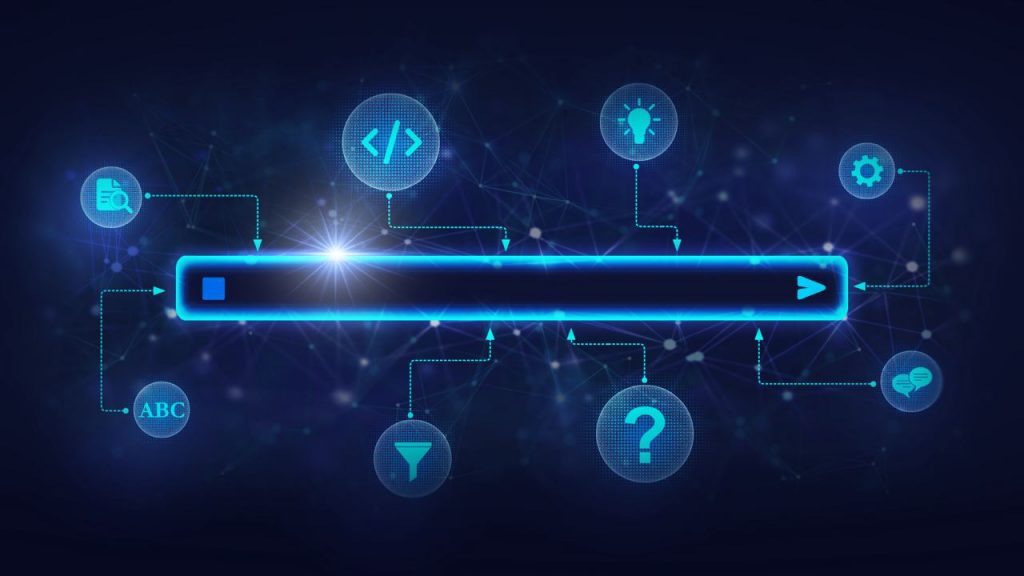Large Language Models (LLMs) have become a cornerstone of artificial intelligence, capable of impressive feats in natural language processing. However, training these models traditionally requires vast amounts of data. This creates a significant challenge: how can we unlock the potential of LLMs when data is limited?
This article explores training LLMs with limited datasets, talking into the challenges and seeing the hidden opportunities that lie within.

Challenges in Training LLMs with Limited Data
Training LLMs with limited data presents a multitude of hurdles that can hinder their performance and capabilities. Here’s a closer look at some of the most significant challenges:
Data Inefficiency and Bias Amplification:
LLMs need large amounts of data, and limited data can halve them of the information they need to learn effectively. This data inefficiency can lead to two major problems: bias amplification and limited generalizability.
- Bias amplification: LLMs learn by hidden patterns in their training data. If that data is not representative of the real world, or if it contains biases, these biases can be amplified in the LLM’s outputs. For example, an LLM trained on a dataset of news articles that primarily focus on male entrepreneurs might be more likely to generate text that perpetuates gender stereotypes in business.
- Limited generalizability: When LLMs are trained on limited data, they may struggle to generalize their knowledge to new situations. They may perform well on tasks similar to those they were trained on, but fail to adapt to unseen examples or variations in language. This can render them unreliable for real-world applications that require handling diverse situations.
Suppose an LLM trained on a dataset of medical research papers, but the data primarily focuses on studies conducted on male patients. This limited representation of real-world demographics could lead to bias amplification. The LLM might struggle to accurately analyze medical data related to female patients, potentially generating biased recommendations or overlooking crucial information.
Our expert team is ready to help you and assist in building your solution. Check some of our case studies.

Data Quality Issues:
Even with a limited dataset, ensuring data quality is crucial. Errors, inconsistencies, or irrelevant information in the data can further hinder the LLM’s learning process. Cleaning and filtering limited data becomes even more critical, requiring significant manual effort and expertise.
For example, a model on a dataset of historical news articles might encounter issues if the data contains typos, factual errors, or articles with a strong political slant. These inconsistencies can confuse the LLM and hinder its ability to learn accurate historical information and generate unbiased summaries.
Performance Bottleneck:
data simply means there’s less information for the LLM to learn from. This can lead to a performance bottleneck across various tasks. LLMs may struggle with tasks like comprehension, question answering, and generating creative text formats, resulting in outputs that lack coherence, accuracy, or fluency.
Writing tasks with a limited dataset of poems. The LLM might struggle to generate diverse and original poems due to the lack of exposure to different styles, themes, and vocabulary. The resulting poems might be repetitive, lack coherence, or simply mimic the poems within the training data.
Increased Training Complexity:
While training LLMs with vast amounts of data requires significant computational resources, it can be more efficient in terms of human effort. With limited data, researchers might need to explore more complex training techniques or data augmentation strategies, which can be time-consuming and resource-intensive.
These techniques can help to improve the quality of the training data and mitigate some of the challenges associated with limited data, but they come at a cost.
Researchers might need to employ data augmentation techniques like “back-translation” to artificially expand a limited dataset for training an LLM for machine translation.
Back-translation involves translating text from the source language to a target language and then back to the source language. This creates additional data points, but it requires careful implementation to avoid introducing errors or inconsistencies.
Opportunities: Overcoming LLM Training Challenges
While the challenges of training LLMs with limited data are real, there are also hidden opportunities waiting to be explored.
While the challenges of training LLMs with limited data are real, there are also hidden opportunities waiting to be explored. Here’s how these limitations can push the boundaries of LLM development:
Focus on Data Efficiency:
Limited data forces researchers to prioritize data efficiency. This can lead to the development of more sophisticated training algorithms and techniques that can extract maximum value from smaller datasets. These advancements could benefit even LLM training with vast amounts of data, leading to overall performance improvements.
Suppose, researchers develop a new training algorithm that leverages active learning, where the LLM identifies the most informative data points to query for additional training during the process. This reduces the overall data needed to achieve a specific level of performance.
Emphasis on Data Quality:
The importance of data quality becomes paramount when working with limited resources. This focus can lead to the development of better data cleaning and pre-processing techniques, ensuring the data fed to the LLM is accurate, consistent, and relevant. These refined techniques can be valuable tools even for training with larger datasets.
We can develop an automated system that analyzes historical weather data for inconsistencies and corrects typos or missing information. This ensures the LLM is trained on clean and accurate data, leading to more reliable weather predictions.
Exploration of Few-Shot Learning:
Limited data often necessitates exploring alternative learning paradigms like few-shot learning. This approach aims to train models on a minimal number of examples. Success in this area could lead to LLMs that can adapt to new tasks and situations with minimal training data, making them more versatile and adaptable.
LLM is specifically designed for few-shot learning in medical diagnosis. The LLM can be trained on a small set of labeled medical images for a specific disease, allowing it to identify the disease in new, unseen images with high accuracy.

Prioritization of Human Expertise:
When data is scarce, human expertise becomes even more crucial. Researchers might leverage techniques like curriculum learning, where the LLM is exposed to progressively more complex data as it learns. This can involve human intervention in selecting and structuring the training data, ensuring the LLM focuses on the most relevant information.
Making a curriculum learning approach for training an LLM for legal document analysis. The LLM starts by learning from basic legal concepts and terminology in contracts, then progresses to analyzing more complex legal documents like mergers and acquisitions agreements under human supervision.
Rise of Transfer Learning:
Transfer learning involves using a pre-trained LLM on a large dataset for a new task with a limited dataset. This “pre-training” equips the LLM with foundational knowledge that can be adapted to the new task, requiring less data for successful training.
A large LLM pre-trained on a massive dataset of scientific articles can be fine-tuned with a limited dataset of research papers on a specific disease. This allows the LLM to quickly grasp the scientific language and domain knowledge relevant to the disease, enabling it to answer complex research questions with limited additional training data.
Tips for Effective Training with Limited Data
Having explored the challenges and opportunities presented by limited data, let’s delve into some practical strategies that can help researchers and developers effectively train LLMs in such scenarios.
Data Augmentation Techniques:
Since data is limited, we can leverage techniques to artificially expand the training dataset. This can involve:
- Synonym Replacement: Replacing words with synonyms to create new variations of existing data points.
- Back-Translation: Translating text from the source language to a target language and then back to the source language. This can create additional training examples, though careful implementation is needed to avoid introducing errors.
- Paraphrasing: Automatically rephrasing existing sentences to create new variations while preserving the meaning.
Active Learning:
This approach involves the LLM itself participating in the data selection process. The LLM can identify the most informative data points it needs for further training, allowing for a more targeted and efficient use of limited resources.
Curriculum Learning:
Here, the training data is presented to the LLM in a structured way, starting with simpler concepts and gradually progressing to more complex ones. This mimics the way humans learn and allows the LLM to build a strong foundation before tackling more challenging tasks.
Transfer Learning:
As mentioned earlier, leveraging a pre-trained LLM on a vast dataset can provide a significant head start. This pre-trained model can then be fine-tuned for a specific task with a limited dataset, requiring less data for successful training.
Leveraging Human Expertise:
Human knowledge and guidance become even more crucial when data is scarce. Experts can play a vital role in curating high-quality data that is relevant to the specific task and accurately labeling it for training.
They can also help in choosing the appropriate LLM architecture and training parameters to optimize performance with limited data.

Conclusion
Training LLMs require massive data sets. But what if data is scarce? This challenge unlocks hidden gems. By focusing on data efficiency, quality, and innovative learning, researchers can train effective LLMs even in data-scarce environments. Techniques like data augmentation and curriculum learning can stretch the value of limited data.
This shift in focus, from data to efficient learning, benefits LLM development across the board. The future of LLMs isn’t defined by data volume but by their ability to learn effectively with minimal resources. If you want to get a complimentary consultation, contact us.



